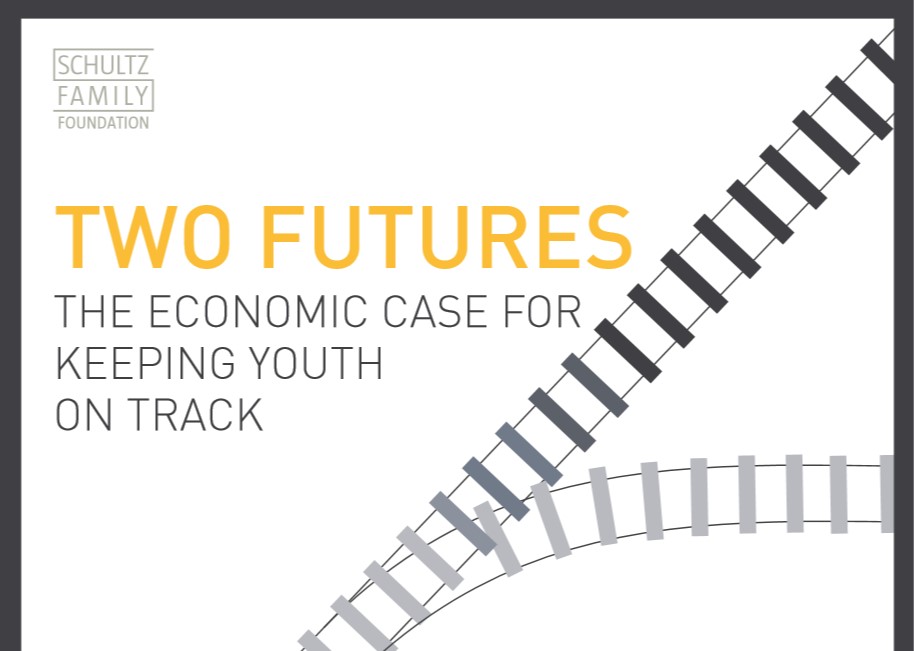Seeing Two Futures and Investing for a Better Return
 In recent years, the terms “disconnected youth” and “opportunity youth” have entered the policy lexicon. These terms describe young people ages 16 to 24 who are neither working nor in school. Though disconnection is often categorized as a youth issue, young people are not the only ones who suffer its consequences; when young people are out of school and out of work, the effects are felt across the community and across generations.
In recent years, the terms “disconnected youth” and “opportunity youth” have entered the policy lexicon. These terms describe young people ages 16 to 24 who are neither working nor in school. Though disconnection is often categorized as a youth issue, young people are not the only ones who suffer its consequences; when young people are out of school and out of work, the effects are felt across the community and across generations.
At Measure of America, all of our work fits into the human development framework, which views development as a process of building the capabilities required to live a freely chosen life of value—think of it as gathering the toolkit to build the life you want. Some of the tools are acquired through individual effort while others depend on the institutions around us as well as the structure of society. One’s teens and early twenties are a crucial period when many capabilities are acquired—this is why youth disconnection is one of our core areas of research. In the human development conceptual framework, progress is not defined solely by how the economy is doing, but by how people are doing—and, by this definition, youth disconnection may be one of the most important gauges of the prospects for progress.
Beyond knowing who is disconnected and where, we’ve also come to understand youth disconnection better over the years; disconnected young people are more likely to be disabled, to live in poverty, to have a child, and to be institutionalized than their connected peers. At the neighborhood level, high rates of youth disconnection in the past are highly predictive of current disconnection rates, and high-disconnection neighborhoods share a number of characteristics in common, like high rates of poverty and adult unemployment.
We now know that disconnection has lasting effects on the individual well into adulthood as well. In Two Futures: The Economic Case for Keeping Youth on Track, a research project sponsored by the Schultz Family Foundation, we followed young people 3, 5, and 10 years after they experienced a period of disconnection using the University of Michigan’s Panel Study of Income Dynamics (PSID) survey. The analysis confirmed what we suspected: a disruption during this crucial period of transition to adulthood has long-lasting effects on a person’s well-being. Those who remained in school and/or work through their teens and early twenties typically earned $31,000 more and were 45 percent more likely to own their homes, 42 percent more likely to be employed, and 52 percent more likely to report excellent or good health than those who had been disconnected during those critical years of emerging adulthood. These findings may at least partially explain why rates of disconnection a decade ago are predictive of disconnection in neighborhoods today. We also found that the longer a young person was disconnected, the more pronounced the effects.
Homeownership, employment, and good health are all, in a sense, measures of stability that matter for the well-being of adults as well that of their children. What this tells us is that an investment in preventing youth disconnection is an investment in breaking the cycle of disadvantage that holds back too many communities today.
To stay tuned for our upcoming annual youth disconnection report, you can follow us on Twitter and/or sign up for our e-newsletter. Measure of America is a nonpartisan, nonprofit project of the Social Science Research Council.
